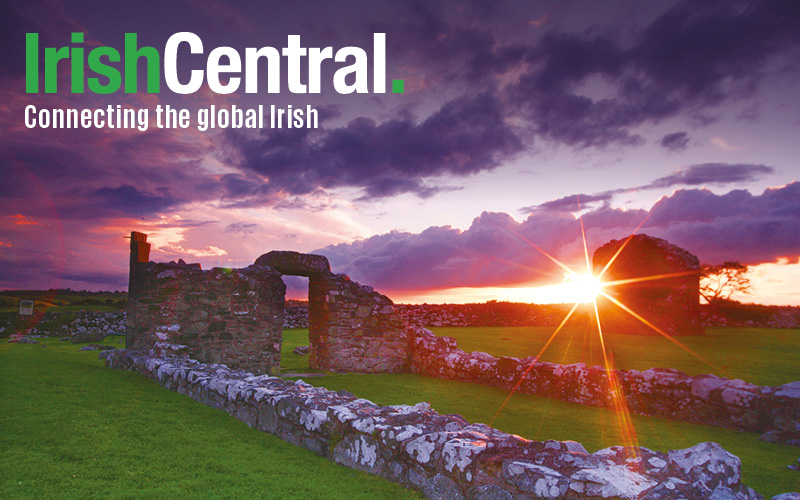On July 17, 1972, in a historic first, the first two women were enrolled the FBI Training Academy at Quantico, Virginia.
“It wasn’t something that I had been planning to do or I thought was going to happen at the time,” recalls Joanne Pierce Misko, a former Catholic nun.
Growing up as a daughter and sister of police officers, Misko was no stranger to law enforcement. After she finished college she entered the convent of the Sisters of Mercy in Buffalo, New York where she taught middle and high school students for a decade. However at the end of her twenties, she decided to follow a new career path.
“I met an FBI agent who came to our school doing recruiting, and I talked to him, and that’s how I eventually got involved in applying to the Bureau,” said Misko, now 71.
“I was looking for something to do after leaving the convent and this was an opportunity that presented itself,” she said during an interview at her home in Arizona.
In 1970, Misko joined the FBI as a researcher at the Training Academy. Two years later, Acting FBI Director L. Patrick Gray opened the special agent position to females and her supervisor asked if she was interested.
“Absolutely I would be interested,” Misko, who was 31 at the time, recalls telling her boss.
Once her supervisor explained all the pros and cons of entering the camp, she was not deterred.
“I said, 'Okay. I still want to do it.’”
In the academy, Misko shared a room with a 25-year-old Marine named Susan Roley Malone. The two women helped each other through the intensive 14 week physical training regime.
“There were 45 of us in the class at that time, two women, and 43 guys.”
“Just two of us were in the same boat, so to speak,” she said. “So you’re there for each other.”
Once she had finished training as a new special agent, Misko had hoped she would get placed in Miami but drew St Louis instead.
“It was an assignment and I was going to be a special agent,” the rookie remembered. “It’s a new adventure, right?”
In St Louis she was assigned to a white-collar crime squad for her first ten months. She still vividly remembers her first case.
“We went out to get the guy and he found out that we were looking for him and he called back into the office; he was incensed that a woman was being sent out to get him, you know, that he wasn’t worthy of a guy.”
“He had to have a woman go after him. Then he comes back in to surrender and tries to pass his cousin off as himself. We got the fugitive, but he didn’t like having a woman going after him, kind of thing.”
“In St. Louis, they just let me be an agent and do my work like everybody else,” Misko said. “That’s the way you prove yourself - by doing the job you were sent to do.”
Then in 1973 she was sent to Wounded Knee, South Dakota where she pulled 12-hour days for almost two months during the American Indian Movement siege.
“At the time it’s going on you don’t think about it,” she said. “But afterwards, when you go back, you think, ‘My God, what could have happened?’”
The former nun was later appointed to the Pittsburgh Division, where she met her husband Michael Misko.
She went on to become the one of the first female supervisors at FBI Headquarters, where she headed up the unit for new agent applications.
“This was one of the most rewarding things that I did. I brought people in and took them through the testing process and then the interview process and through the physical tests that they had to go through. And you felt so great when they were able to succeed and actually received an appointment as a special agent. So that was a really rewarding thing that I did.”
After working as an agent for 22 years, she retired from the FBI in 1994. She later worked as an audit investigator for a major bank. She remains close to many of her agents still today.
“The hardest thing about leaving the Bureau is leaving the people,” she said. “The FBI is a family and you get very, very close and you feel part of an organization and part of that group. It was a privilege, really, and it was a wonderful career.”




Comments